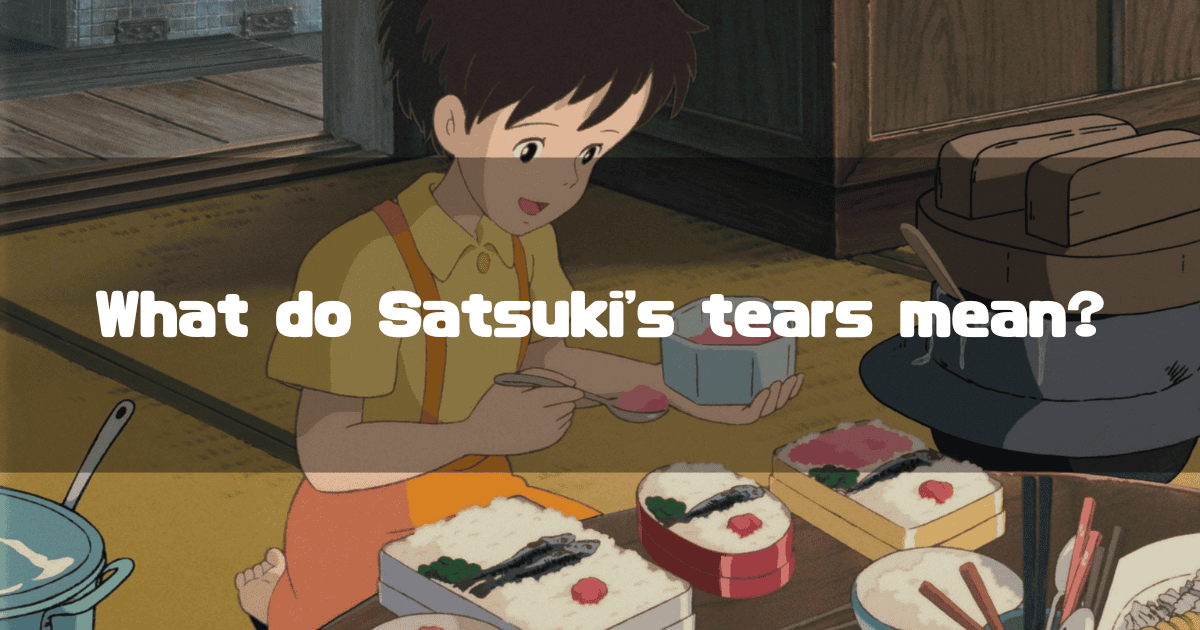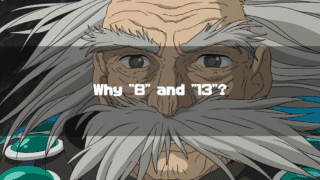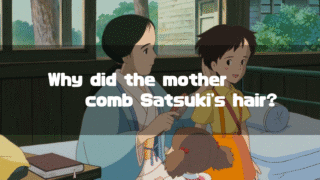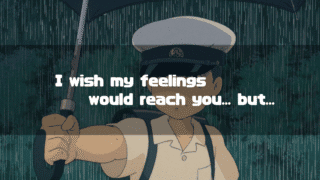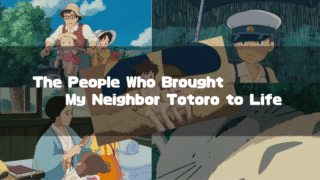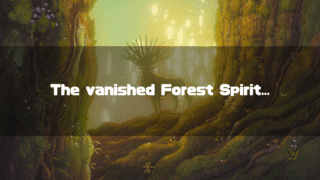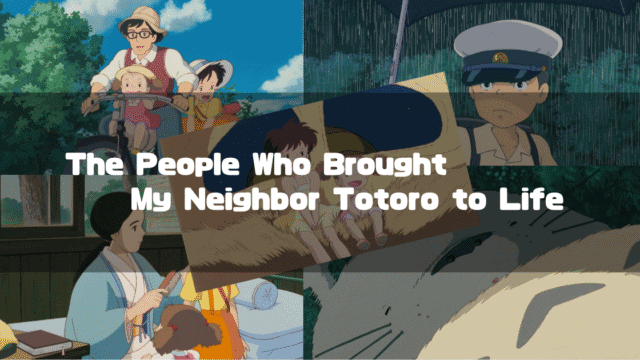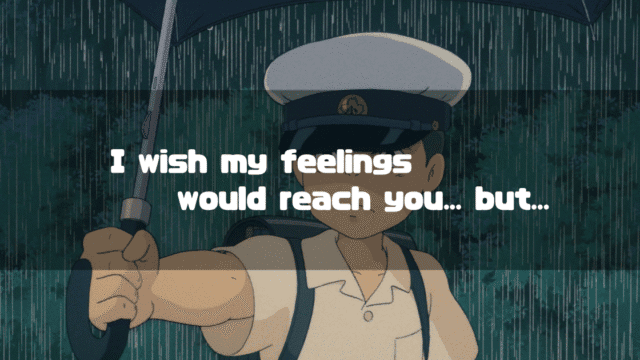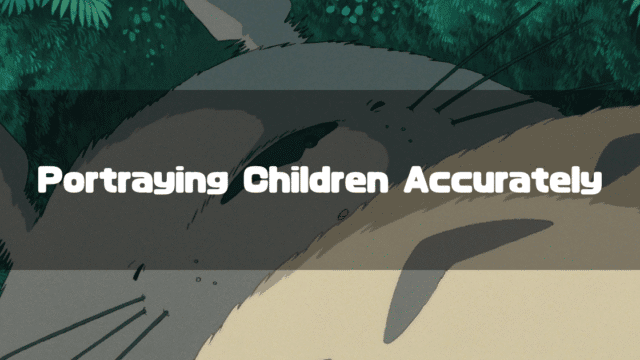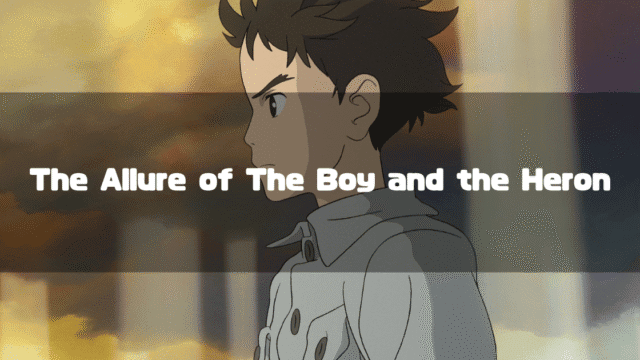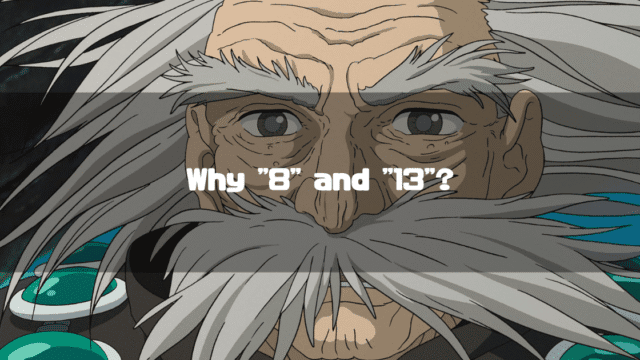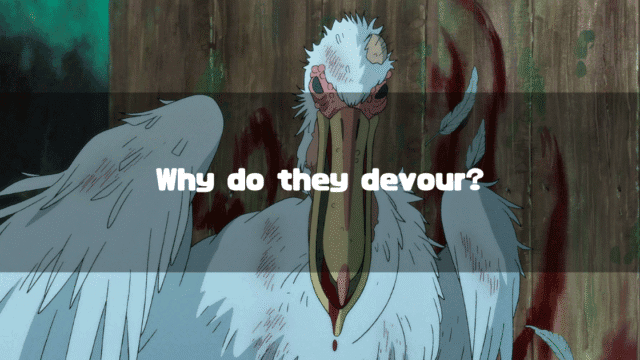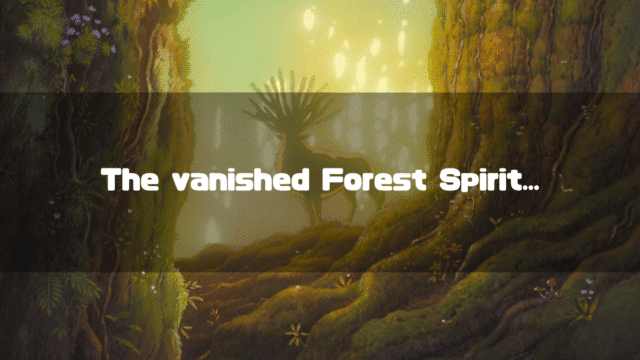My Neighbor Totoro(Official Studio Ghibli) is a 1988 animated feature film directed by Hayao Miyazaki.
This time, I want to focus on Satsuki and explore various thoughts about her.
The film depicts the lives of sisters Satsuki and Mei and their father while their mother is hospitalized. A key point is that neither Satsuki nor Mei usually show their loneliness from their mother’s absence.
Nevertheless, both Satsuki and Mei end up crying their eyes out in the story. I believe both crying scenes left a lasting impression on many people, but this time I want to consider the meaning of the “scene where Satsuki cries“. What did we see in Satsuki’s tears?
*This article is an English translation of the original Japanese article, 【となりのトトロ】サツキが泣くシーンが意味するものとはなにか?.
Let an AI walk you through the highlights of this post in a simple, conversational style.
- Satsuki’s tears signify a recovery of her “humanity.”
Satsuki, portrayed as a “character” who is cheerful and handles all the housework and childcare, finally cries for the first time when her mother’s discharge is canceled. This reveals her true self as a “child” who had been suppressing her emotions. Her tears are the moment she finally releases her feelings. - Hayao Miyazaki’s depiction of a “Satsuki who won’t become a delinquent.”
The “crying Satsuki” scene, born from Toshio Suzuki’s observation, was intended to complement the “strong and kind child” image that director Miyazaki sought to protect, drawing from his own boyhood. Satsuki’s tears are proof of a humanity that allows for inner turmoil. - Mei’s sobbing gave Satsuki the “right to cry.”
Satsuki was able to cry because Mei had an emotional outburst. Her younger sister’s wailing allowed Satsuki, the older sister, to show her own weakness for the first time. In this sense, Mei’s tears were a blessing that saved Satsuki.
What is the Meaning of Satsuki Crying in My Neighbor Totoro?
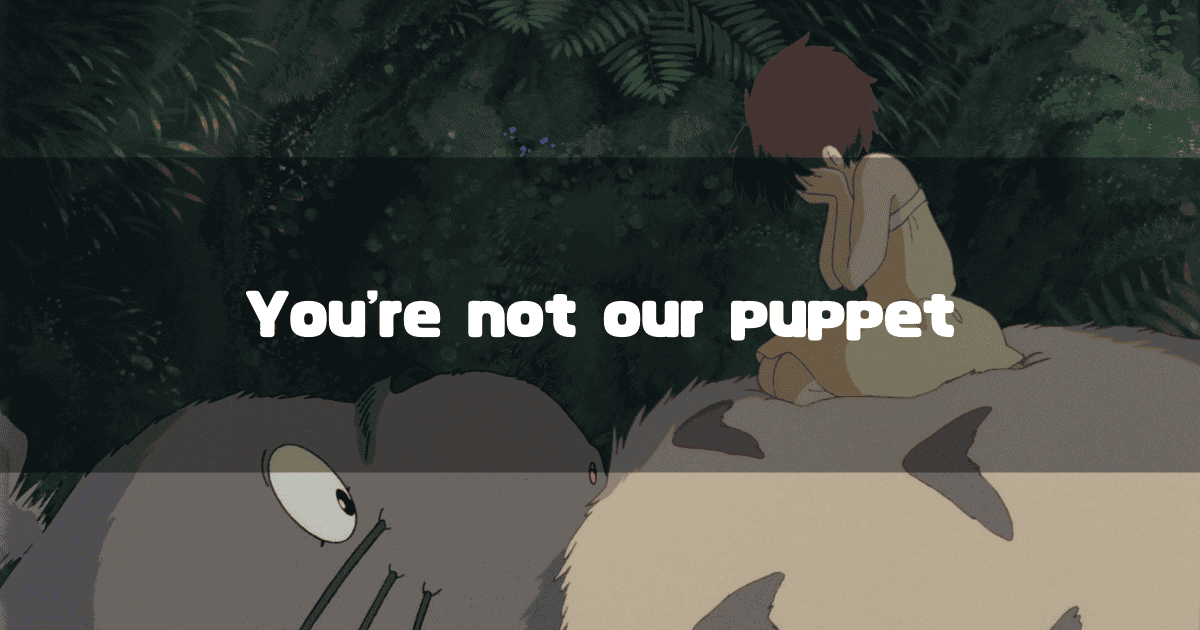
The Secret Story Behind the “Scene Where Satsuki Cries”
The creation of the “scene where Satsuki cries” is described in Toshio Suzuki’s book, Shigoto Douraku New Edition – The Studio Ghibli Workplace (仕事道楽 新版―スタジオジブリの現場, in Japanese). When Toshio Suzuki, who felt a sense of unease at the sight of Satsuki perfectly handling housework and taking care of Mei, pointed this out to Director Miyazaki, the following exchange took place:
…”There’s no way a child like that really exists.” At the time, perhaps because I was young, I added, “If she does all this stuff as a child, Satsuki will become a delinquent when she grows up.”
At that, Miya-san (Miyazaki) got genuinely angry. “No, a child like that does exist. Or rather, did exist.” I wondered what he was going to say, and he said, “I was like that.”
Omitted
…You know the scene where Satsuki cries, worried that her mother might die? When the storyboard for that scene was ready, he said, “Suzuki-san, take a look.”
When I said, “Oh, so she cries here,” he replied, “I made her cry.” Then he said, “Suzuki-san, now Satsuki won’t become a delinquent, right?” When I replied, “No, she won’t,” Miya-san was pleased and said, “Good.”
(Original Text, in Japanese)
……「こんな子がほんとにいるわけないじゃないですか」。そのとき、ぼくも若かったからですけど、さらにこう言った。「こんなことを子供のうちから全部やってたら、サツキは大きくなった時に不良になりますよ」。子の時、みやさんは本気で怒りましたねえ。「いや、こういう子はいる。いや、いた」。なにを言うのかと思ったら、「おれがそうだった」。
中略
……お母さんが死ぬんじゃなかと心配してサツキが泣くシーンがあるでしょう、そこのシーンの絵コンテできて「鈴木さん、みて」と言うんです。
「お、ここで泣くんですね」と言ったら、「泣かせた」というんですよ。そして「鈴木さん、これでサツキは不良にならないよね」。ぼくが「なりません」と言うと、宮さんは「よかった」と喜ぶ。
Besides this, in Ghibli Textbook 3: My Neighbor Totoro (ジブリの教科書3:となりのトトロ, in Japanese), Director Miyazaki talks about this scene in an interview.
That is the story of how that scene came to be, but I want to think a little more about the effect of that scene from the viewer’s perspective.
Satsuki the “Character” Returns to Being “Human”
When I try to recall how I perceived Satsuki as a child, she was a “cheerful girl who effortlessly handled housework and even took care of her younger sister.” Moreover, I saw her so naturally as that kind of “character” that I didn’t even think about it. For example, in the following scene:
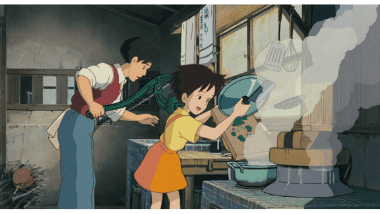
This is the scene where she skillfully prepares a meal next to her father, who has overslept and forgotten his household chores. When I saw this scene, I thought, “You damn old man! Wake up properly!” but about Satsuki, I only thought something like, “That’s Satsuki for you, she’s so grown-up.” However, we need to be a little more considerate of Satsuki. In other words, that morning:
“Damn it, Dad, you’re still not up. I knew this would happen. Why do I have to do this? You should be doing it, you damn old man!“
She must have been thinking that. Or maybe she didn’t. But we can tell from Satsuki’s calm demeanor that mornings like that have happened many times. So, I think there must have been mornings when she felt this way. Besides this:
“Why am I the only one who has to look after Mei! Hey, you damn old man, she’s your daughter too, so take better care of her!“
She must have thought that at times. Satsuki’s inner world, as she tied Mei’s hair every morning, couldn’t have been that simple. Moreover, beyond these two frustrations, the thought “if only Mom were here” would naturally follow.
Thinking about it this way, Satsuki’s inner state while waiting for her mother’s return becomes another layer more complex.
Of course, she wants her beloved mother to get well, and she simply wants to regain her life with her mother, but “Mom’s discharge from the hospital” also means “an escape from this difficult situation” (since Dad is useless anyway, Mom is the only hope).
In other words, when she finds out her mother won’t be coming home temporarily, Satsuki is struck by two fears: the fear that “Mom might die” and the fear that “these days might continue forever.” This is what finally makes her cry.
And it’s only at this point that we finally realize, “Of course, that makes sense,” and notice that Satsuki was actually at her breaking point.
And, in that scene, Satsuki finally transforms from a “character” playing the role of a “perfect girl who is cheerful, handles all the housework flawlessly, and even looks after Mei” into Satsuki as a human being who “lives earnestly while holding complex feelings inside, without showing them” (at least, this change happens inside fools like me who couldn’t notice Satsuki’s suffering).
We tend to see animated characters as “characters given a certain role” and not as “human beings.” Therefore, we assume that a cheerful person is also cheerful on the inside, and that a person who says positive things also has a positive inner world.
But people are not that simple. The reason producer Toshio Suzuki made the aforementioned point to Director Miyazaki was probably to convey to people like me, who watch movies absent-mindedly, that “Satsuki is a human being.”
Appendix: The Blessing Born from Mei’s Sobbing
Up to this point, we’ve been thinking about the “scene where Satsuki cried,” but in My Neighbor Totoro, Mei also sobs uncontrollably. I have an older brother, and perhaps because of that, I found the “scene where Mei sobs” very hard to accept as a child. I remember thinking, “Don’t cry there and trouble your big sister.”
Well, maybe I was confident that I wouldn’t cry in her situation, but I don’t think I’m the only one who thought, “What are you crying for?” in that scene. But let’s try to look at it from a different perspective.
“Satsuki was able to cry because Mei cried for her.“
That’s right. As I mentioned at the very beginning, Satsuki and Mei basically don’t cry in this film. Even when Mei fell, she didn’t cry. Satsuki must have noticed that Mei, too, was fighting against the “loneliness of not having her mother.”
That’s precisely why she had been hiding her own loneliness, but perhaps Mei’s sobbing finally gave Satsuki the “right to cry.” This is a blessing for Satsuki. When you think about it that way, it feels like we can say Mei’s sobbing “did a great job!”
The images used in this article are from Still Images of Studio Ghibli Works.
About the Author
Recent Posts
- 2025-10-21
Indiana Jones and the Dial of Destiny(2023): Full Synopsis & Analysis: Indy’s True Motive and the Enigma of Helena - 2025-10-15
Indiana Jones and the Dial of Destiny(2023):Historical Background-WWII, the Real Dr. Schmidt, the Siege of Syracuse, and the Antikythera Mechanism - 2025-10-08
Why Does Children Who Chase Lost Voices Feel So Ghibli-esque? [Makoto Shinkai’s “Tale of Farewell”] - 2025-10-07
5 Centimeters per Second: Characters, Voice Actors, Character Analysis and Character Map - 2025-10-06
5 Centimeters per Second: Full Synopsis, Analysis, Ending Explained & Character Map (Spoilers)

